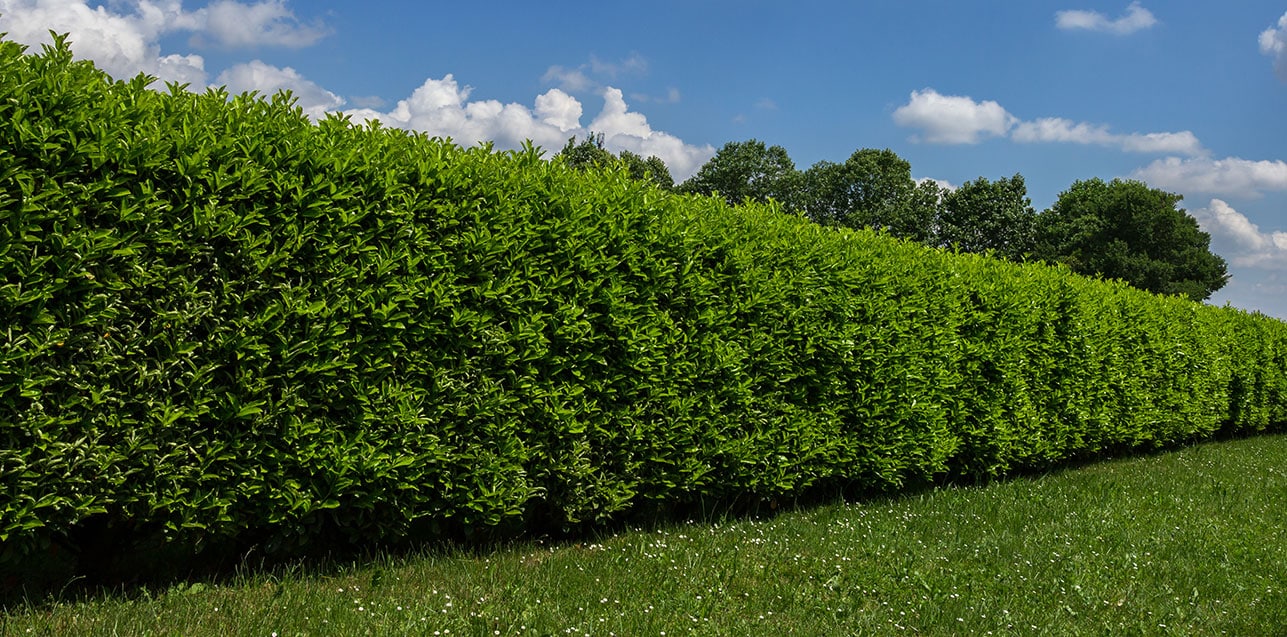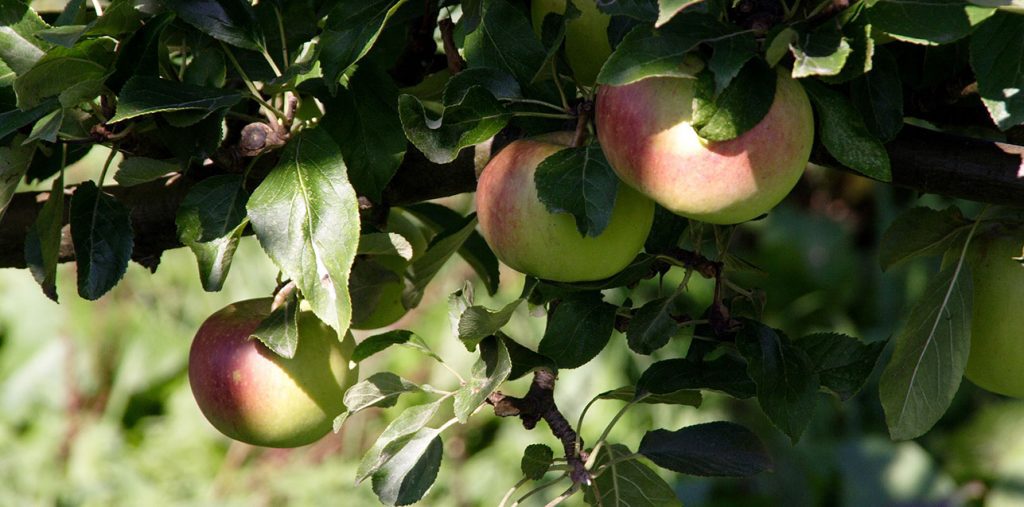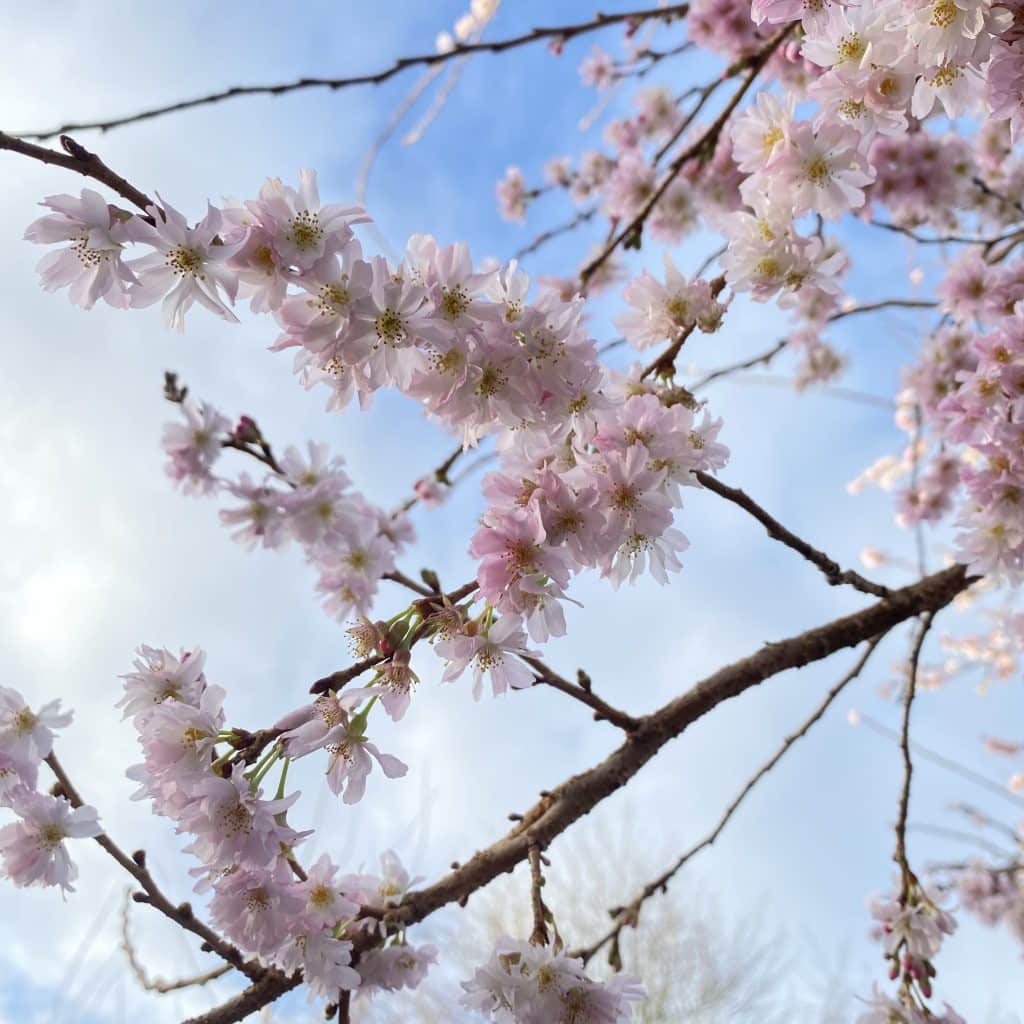How does frost affect plants? With the recent cold spell, it’s a question we hear a lot. Most of the plants we stock at the nursery handle winter well. But when temperatures drop extremely low some plants struggle. Frost can cause leaf edges to blacken, especially on Photinias, Camellias, and Magnolias. Late spring frosts can also cause problems, including damage buds and young leaves. This can reduce flowering and fruit production, but most plants thankfully recover once summer arrives.
Cold weather isn’t all bad. For nurserymen, winter frost plays a vital role. Low temperatures help control pests as a hard frost can kill off adult bugs that might otherwise survive to breed again. Without it, they return in greater numbers the following year, often making summer harder for pest control. Mild winters often lead to more pest and disease issues.
What happens in the Spring?
Even though we use automated irrigation at the nursery, we still welcome a good wet spell when spring arrives as moisture helps plants put out strong new growth. Dry springs, especially on clay soil, can lead to cracking. This stresses young roots and slows development.
In recent years, weather patterns have become more extreme with strong winds damaging both nursery stock and infrastructure. Sadly, we can’t control the weather, but we do our best to adapt season by season.
Trees for Winter Interest
One of our top picks for winter colour is the Winter Flowering Cherry (Prunus subhirtella ‘Autumnalis Rosea’). It adds a gentle pink glow to the garden through the coldest months. Small, semi-double pink flowers open from dark buds between November and March. This cherry tree also has a loose, rounded crown with gently arching branches. Fresh green leaves arrive in late spring and turn yellow-orange in autumn. It’s ideal for small gardens because it doesn’t block much light.
This variety earned the Award of Merit in 1960 and the Award of Garden Merit in 2002. It’s still a popular choice in parks and home gardens alike.
How does frost affect plants? In conclusion, it depends on the species, the timing, and the severity of the cold. While some plants may suffer visible damage, others benefit from the cold through reduced pest pressure. With the right care and plant choices, your garden can continue to thrive, no matter what the weather brings.






